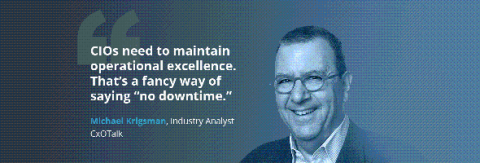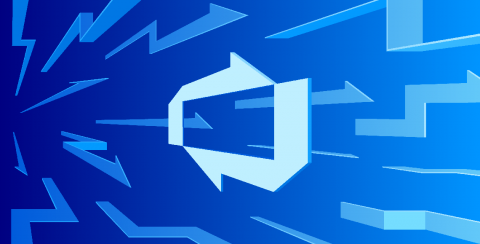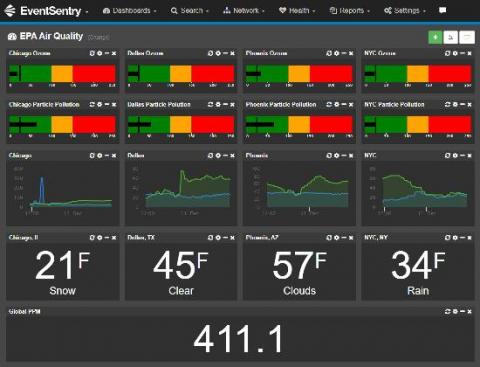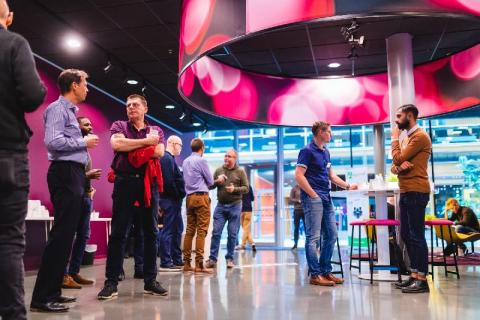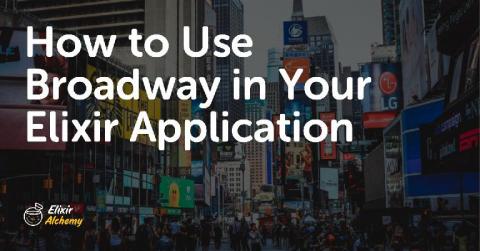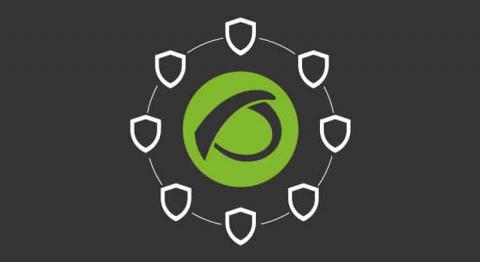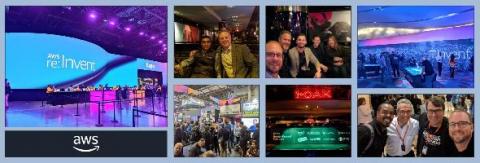How to Troubleshoot Logon Duration and Find Root Cause
When trying to identify the root cause of a Citrix end-user experience issue, one of the key pieces of information is if the issue is widespread or if the issue is somewhat isolated. The quickest way to make that determination is by using the Automatic Citrix Discovery and Dependency Map (topology view) within Goliath Performance Monitor.



